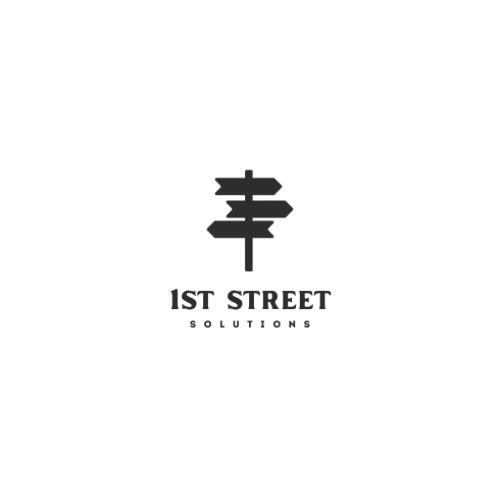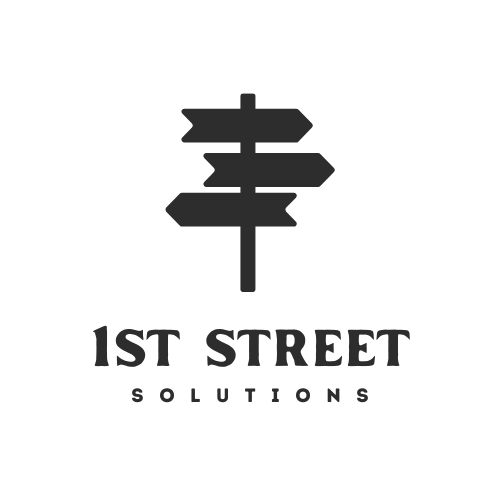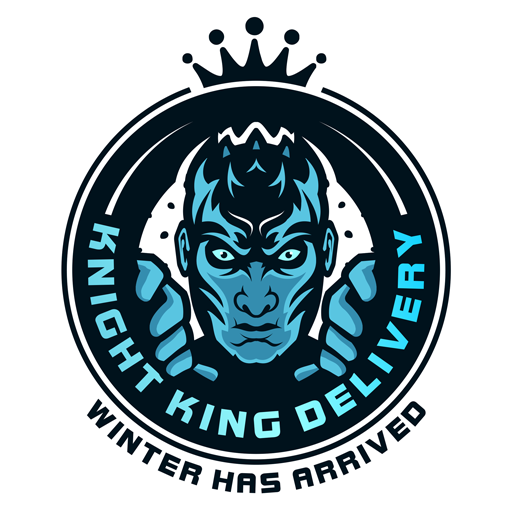USDA-Backed Loans for Rural Homes
For many rural buyers, USDA-backed loans provide a unique opportunity to secure home financing with less stringent requirements than conventional loans. These loans are specifically designed to support individuals in low- to moderate-income brackets and are available for homes in eligible rural areas. Southern Home Ownership Programs often collaborate with USDA loan initiatives to help buyers access affordable financing options, making homeownership more achievable for rural residents. With benefits like no down payment and competitive interest rates, USDA loans are a powerful tool for individuals looking to buy property in less urbanized regions.
Definitions of Rural Housing Areas
The definition of “rural” is crucial when applying for housing programs tailored to non-urban areas. In general, rural areas are considered regions outside major metropolitan areas that often lack extensive infrastructure or population density. These areas may include small towns, farming communities, and open spaces that are farther from city centers. Different programs, including USDA-backed loans, are available in areas that meet specific criteria regarding population size and infrastructure. Buyers interested in rural housing should consult local agencies or Southern Home Ownership Programs to determine if their location qualifies for specific benefits.
Perks Tied to Non-Urban Applicants
Rural homebuyers enjoy several distinct advantages over their urban counterparts. One of the primary perks is the availability of specialized loan programs designed to accommodate the financial realities of rural living. These programs often offer lower interest rates, lower down payment requirements, and more flexible credit criteria. Additionally, non-urban applicants are often eligible for grants and other incentives aimed at stimulating rural growth. Rural buyers may also benefit from tax credits and other subsidies that are not available in metropolitan areas. These programs are designed to encourage homeownership in less densely populated regions, making it easier for families to purchase homes outside city limits.
Local Outreach Programs for Buyers
Rural communities often rely on local outreach programs to help potential buyers navigate the complexities of homeownership. These programs are essential in connecting rural buyers with the necessary resources, information, and financial support to secure home loans. Outreach efforts typically focus on educating buyers about the specific housing programs available to them, such as USDA loans and local funding sources. Southern Home Ownership Programs also play a key role in providing guidance and resources to help buyers understand how to qualify for home aid, especially in more remote regions. Local government offices, nonprofits, and housing agencies may offer workshops and one-on-one consultations to guide buyers through the application process.
Low-Interest Loans in Rural Zones
Low-interest loans are one of the key advantages for homebuyers in rural zones. These loans are often backed by government programs such as the USDA, which are designed to reduce the financial burden of buying a home. The appeal of low-interest loans lies in their ability to lower monthly payments and overall loan costs, making homeownership more affordable. Buyers in rural areas are generally more likely to qualify for these loans due to the financial incentives aimed at fostering growth in these regions. Southern Home Ownership Programs, in particular, work to ensure that individuals in rural areas are aware of the financial support available to them and can take advantage of favorable loan terms.
Special Rules for Remote Properties
For buyers interested in remote or isolated properties, special rules may apply when it comes to securing financing. Homes located in particularly rural or hard-to-reach areas may require additional assessments or meet specific criteria for eligibility under certain housing programs. These properties may be subject to higher costs or stricter requirements due to their location, but they can still benefit from various government-backed loans and incentives designed for remote properties. For instance, USDA loans can sometimes be used for homes that are far from major population centers, but there may be additional restrictions on the type of home or its condition. It’s important for rural buyers to understand the specific rules that apply to their property type and location.
Conclusion
In conclusion, rural buyers have access to a range of housing support programs that cater specifically to their needs. With programs like USDA-backed loans and the availability of low-interest loans, homeownership is becoming increasingly accessible for those living in rural and remote areas. Southern Home Ownership Programs play an integral role in helping rural buyers navigate these options, offering support through local outreach programs and specialized loan terms. Whether you’re seeking a low-down payment loan or assistance with purchasing a home in a remote area, there are numerous opportunities to explore. Rural buyers should take advantage of the programs and resources available to them, ensuring a smooth path to homeownership.



